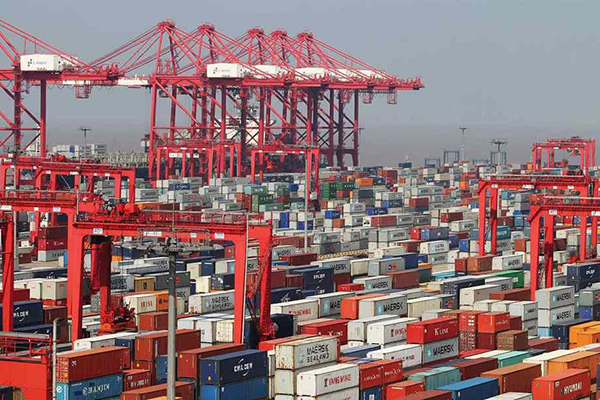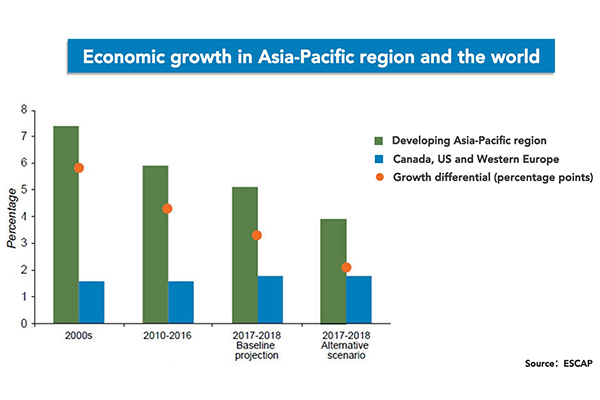Belt & Road ‘can revive trade and investment’ amid rising protectionism
2017-05-11
cgtn.com
The Economic and Social Survey of Asia and the Pacific 2017 said if trade protectionism and economic uncertainty increases, developing Asia-Pacific economies’ growth in 2017 could slow by 1.2 percentage points compared to the baseline projections.
The Belt and Road Initiative can give fresh impetus to free trade and investment at exactly the right time, and China takes an open attitude towards the external challenges, said Chinese Commerce Vice-Minister Qian Keming at a press conference on May 10.
Proposed by President Xi Jinping in 2013 and based on the principle of extensive consultation, joint contribution and shared benefits, the Belt and Road Initiative is strengthening regional connectivity and reducing business costs and stimulating trade and investment.
Qian noted China has signed free trade pacts with 11 Belt and Road countries, including ASEAN countries, Pakistan and Singapore. China also concluded the fourth round of tariff concession negotiations with Asia-Pacific countries like India, Sri Lanka, Bangladesh and Laos, said Qian.
From 2014 to 2016, trade volume between China and the Belt and Road countries stood at 20 trillion yuan ($2.9 trillion) with a growth rate higher than the average global level, according to Qian. China’s foreign direct investment in these countries surpassed $50 billion, he added.
China has also established 56 overseas economic and trade cooperation zones in 20 countries along the Belt and Road with investment over $18.5 billion in aggregate, and created more than $1.1 billion in tax revenue and 180,000 jobs for host countries, Qian stated.




